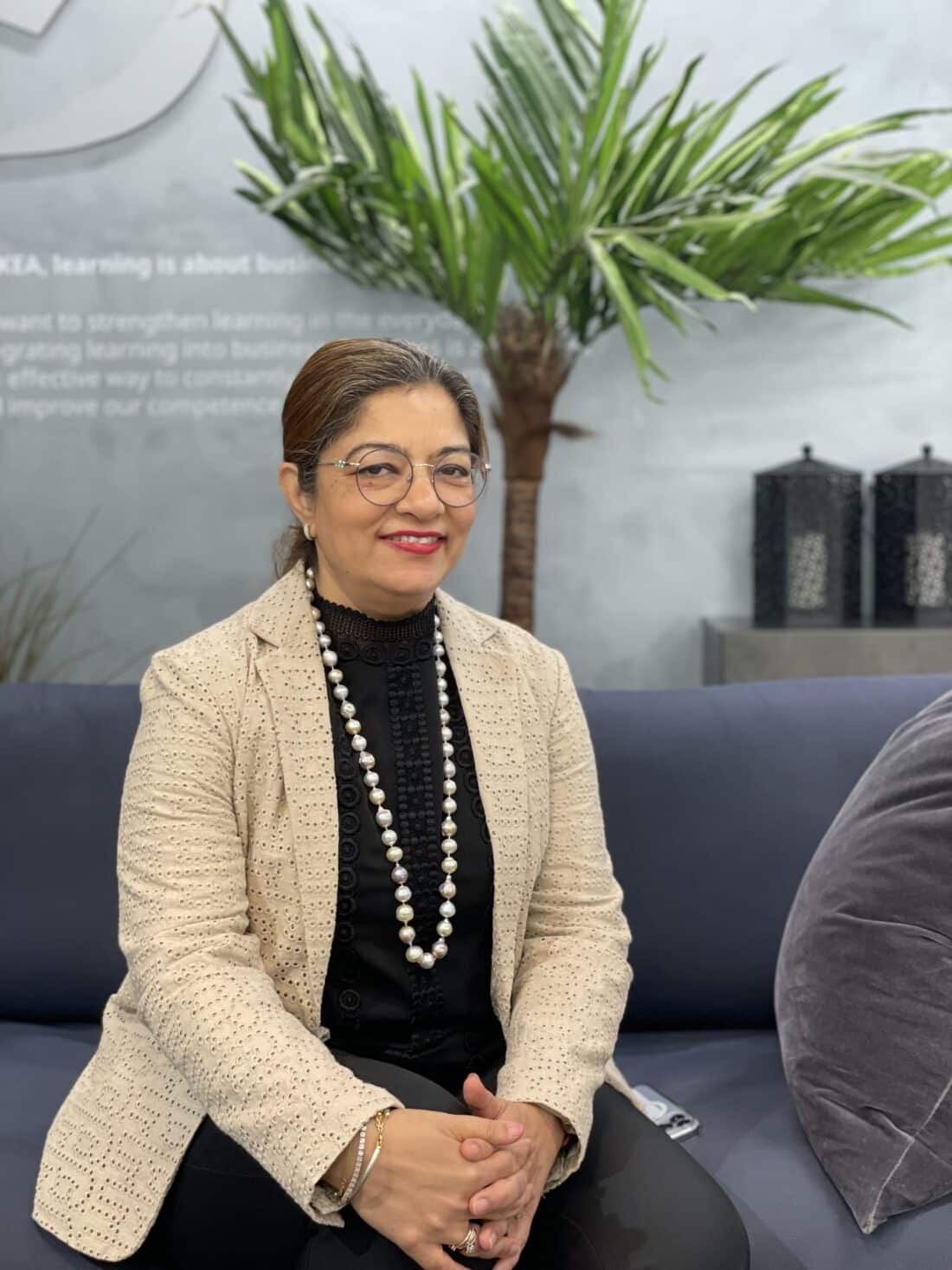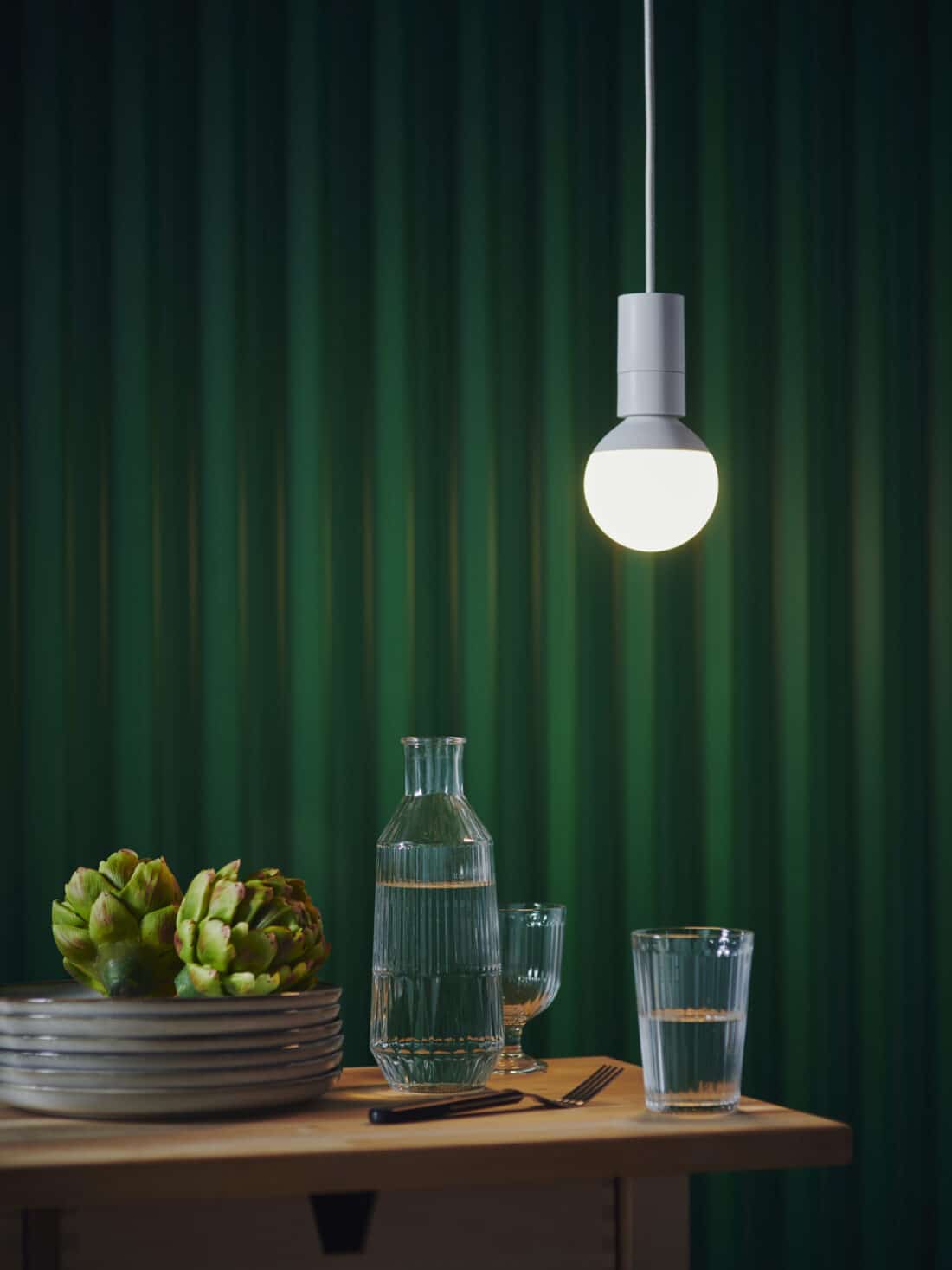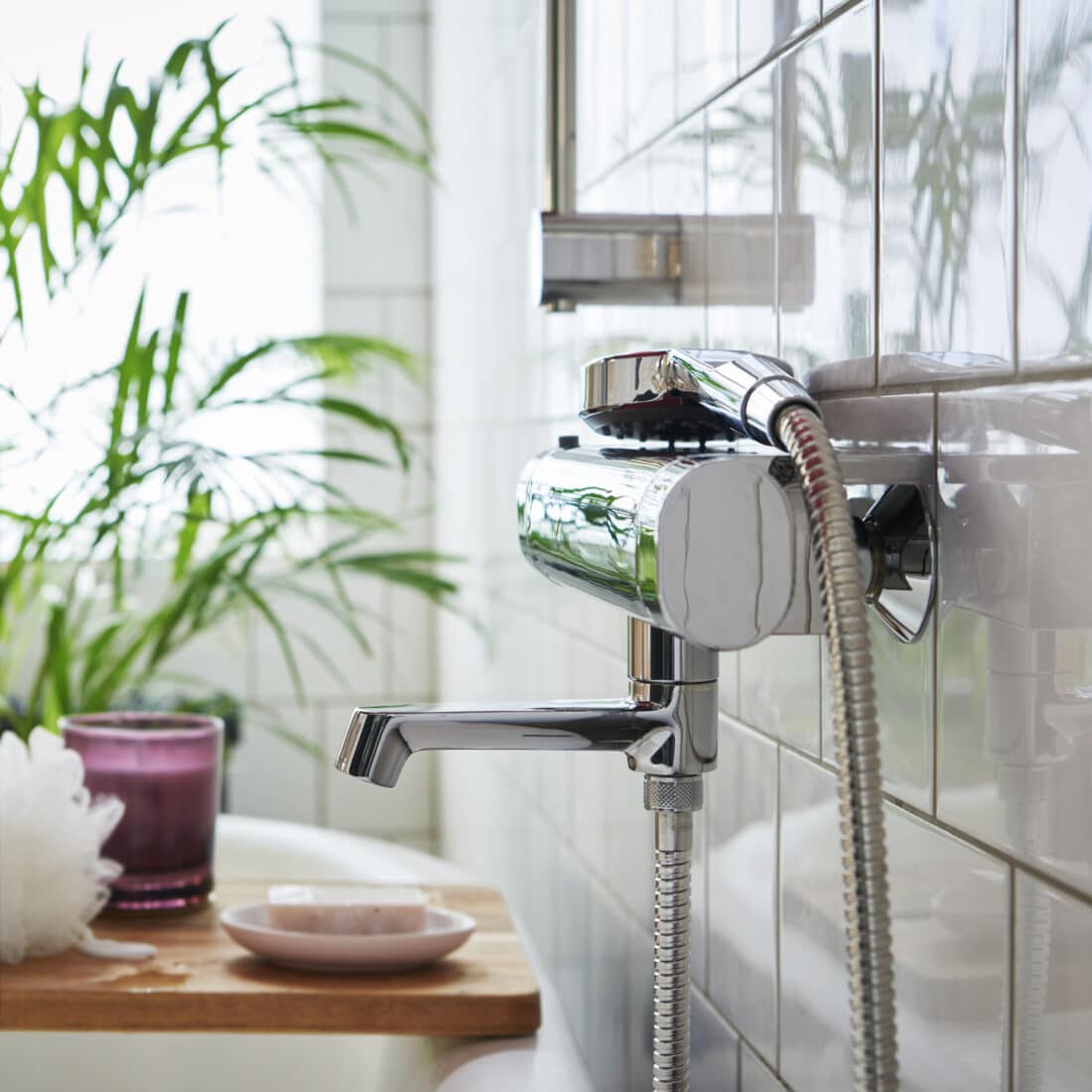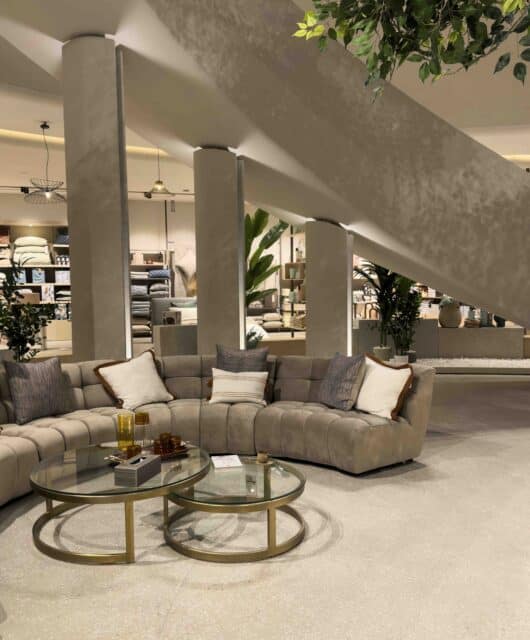 Pooja Dhingra, Regional Sustainability Manager, Al-Futtaim IKEA in the UAE, Oman, Qatar, and Egypt, discusses the brand’s commitment to sustainability and how they are working to achieve their goals.
Pooja Dhingra, Regional Sustainability Manager, Al-Futtaim IKEA in the UAE, Oman, Qatar, and Egypt, discusses the brand’s commitment to sustainability and how they are working to achieve their goals.
By Roma Arora
Do innovation and sustainability go hand in hand?
At Al-Futtaim IKEA, we’re more than just a family-owned business. We are deeply rooted in the success of the region. We’re not just about furniture; we’re about shaping a sustainable, positive future and therefore continue to support the sustainability goals of both the region and IKEA globally. Our mission? To ignite change, to inspire, and to empower. By 2030, we aspire to touch the lives of over one billion people, showing them the way to a brighter everyday life while continuing to be driven by our People and Planet Positive agenda.
One way we aim to reach this is by developing our products using the IKEA circular product design principles and continuously improving our ways of working with sustainability in the IKEA Democratic Design approach. It is a method we use to develop products that are more sustainable, beautiful, functional and high quality, at the lowest price possible – good design that’s accessible to many people. More than 9,500 products ranging from furniture to home furnishing accessories, have been assessed for their circular capabilities.
Examples of our innovative yet sustainable products are:
Water-saving solutions: Around 10% of global freshwater is consumed in people’s homes, and that number is expected to increase across the world. We are constantly working on developing more ways to save water. For example, a pressure-compensating aerator is standard across the whole IKEA range of taps and showers. This reduces the amount of water coming out – by up to 50% in some bathroom taps – but keeps the flow at the level you want.
Clean air at home: Indoor air pollution is a significant health challenge in many parts of the world. We want to play our role both by addressing the root causes and by developing affordable solutions that help improve indoor air at home, like the STARKVIND air purifier, a high-performing air purifying solution with design and technology. The air purifier can be set to auto mode, which means that it automatically detects the particles (PM2.5) in the air and then adjusts the fan speed.
Inspiring healthier, more sustainable choices: Eating a plant-based diet is one of the most significant actions an individual can take to reduce their climate footprint. That is why we at IKEA focus on increasing the share of plant-based alternatives and on making plant-based alternatives nutritious and delicious.

What are the main pillars of IKEA’s sustainability strategy for the Middle East market?
At Al-Futtaim IKEA, we take a comprehensive approach that focuses on climate change, nature, and people. We’re committed to making a difference at every step in our operations. We work closely with trusted partners and tap into the expertise of our team to make sure our actions have a positive impact. Our goal is to create a better world through practical, collaborative, and results-driven actions.
What are some of the activities proposed in this regard and what is the response?
In the last year, our collective efforts have resulted in us making great strides towards our sustainability commitments. Some highlights we are particularly proud of:
IKEA has been focusing on a circular economy model, aiming to extend the life cycle of products, reduce waste, and promote recycling. The company is exploring ways to repair, refurbish, and recycle products, minimizing their impact on the environment.
We are intensifying our efforts to use sustainable materials in our products. This includes increasing the use of renewable and recycled materials and ensuring that wood and other resources come from responsibly managed sources.
Our ambition is to have zero waste to landfill and reduce food waste. By the end of this year, all our stores in the UAE will have food waste repurposing machines, where we’ll be able to drastically reduce our food waste to landfill.
Regionally, we aim to inspire and enable millions of people in the region to live a better everyday life within the boundaries of the planet. As such, we now have five Sustainable Living shops in our stores which aim to influence and enable more of the many people to live a sustainable life at home, offering customers products, solutions and services that support them to make easy changes in their everyday lives.
We offer Interior design services for a sustainable home. Our expert designers will work with you to create a personalised plan where we help our customers live a more sustainable life at home.
Is the market responsive towards the topic?
The UAE has a proven track record of climate action. As the first country in the region to ratify the Paris Agreement, the first to commit to an economy-wide reduction in emissions and the first to announce a Net Zero by 2050 strategic initiative, the UAE is committed to raising ambition in this critical decade for climate action. The UAE was one of only 29 countries to submit a revised second NDC ahead of COP27. The enhanced target is expected to translate into an absolute emissions reduction of about 93.2 million metric tons of CO2.

Talk about your latest collection and how sustainable is.
To mark IKEA’s 80th year, we are introducing the NYTILLVERKAD collection to bring back design icons while incorporating the knowledge of the present and its possibilities. The iconic IKEA products with different names have been updated in new colours and materials to reflect the trends and ideas of today. With this collection, we wish to share our past achievements with a new generation and show that we continue to blaze the trail. This collection holds near and dear to me as it shows how our past continues to define our future.
Our commitment is to design every product from the very beginning to be reused, refurbished, remanufactured and eventually – after all other possibilities have been explored – recycled, by applying our circular product design principles during the product development process. We aim to only use renewable or recycled materials by adapting and finding new sources and developing new materials.
What do you find most difficult in this region, and how are you dealing with it?
We are helping our customers reduce their carbon footprint by encouraging them to use more reusable options, like using reusable water bottles instead of single-use plastic bottles and our IKEA food containers to take away their leftovers instead of throwing them. We have created a recycling station in our Dubai Festival Plaza store, where we ensure that the e-waste and plastic waste from our customer’s homes is disposed of responsibly. Our sustainability shops and communication in our stores help and educate our customers to reduce their energy and water consumption, reduce food waste, recycle and provide a clean and healthy indoor environment.
You’ve got an aggressive goal, right? Can you describe IKEA’s vision for the future?
We have big ambitions for 2030. We are committed to doing our part to tackle climate change, unsustainable consumption, and inequality. Our three major focus areas are healthy and sustainable living, circular and climate-positive, and fair and equal.








